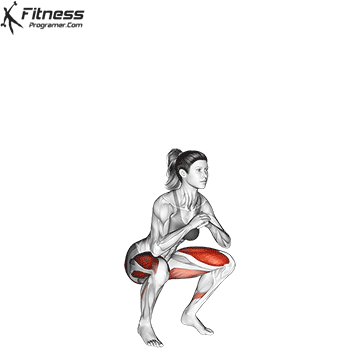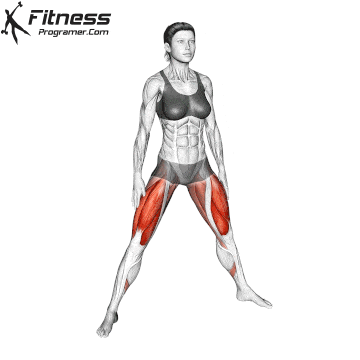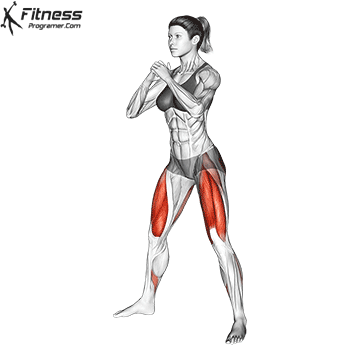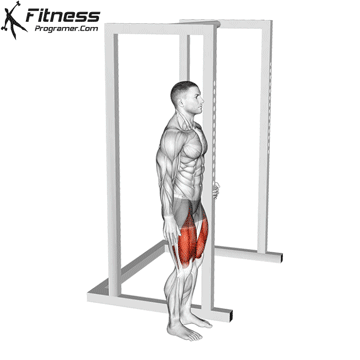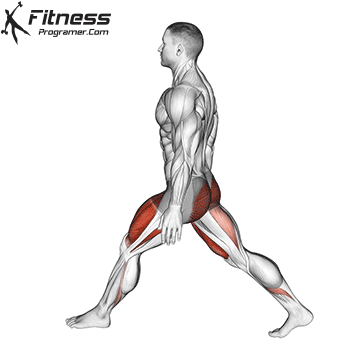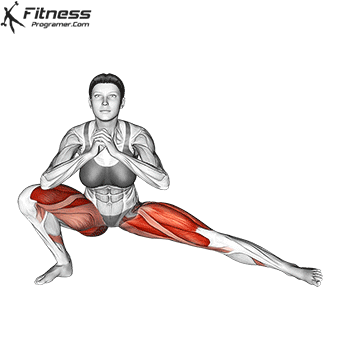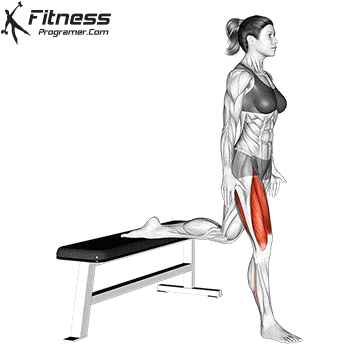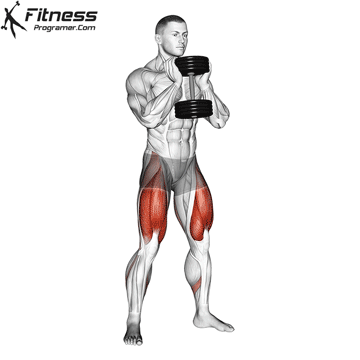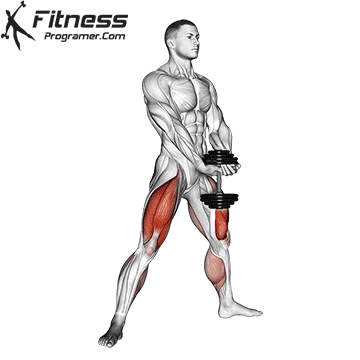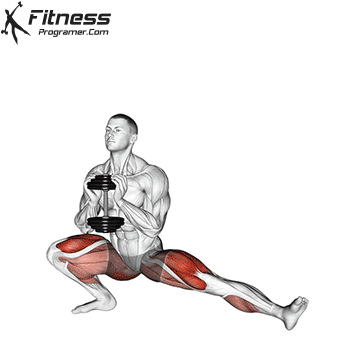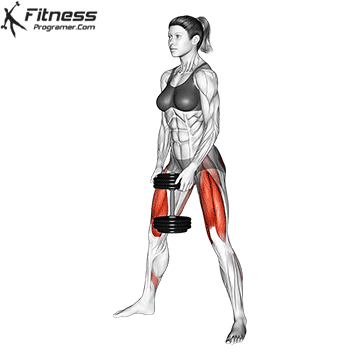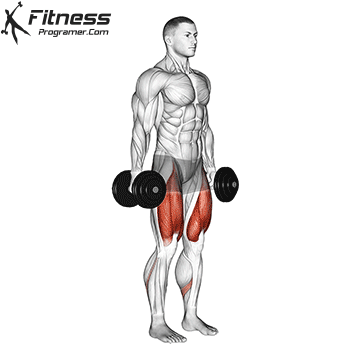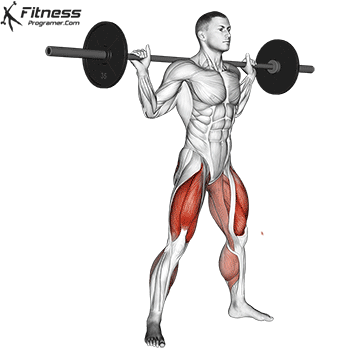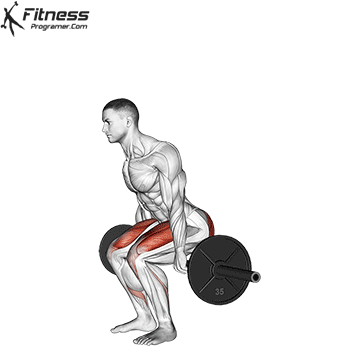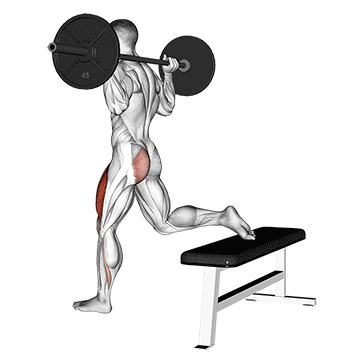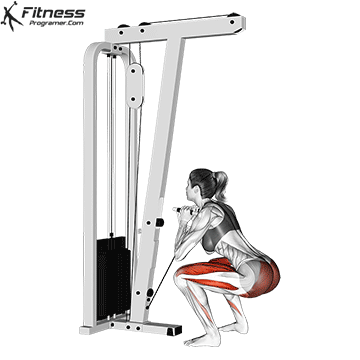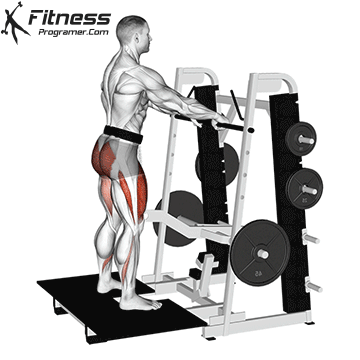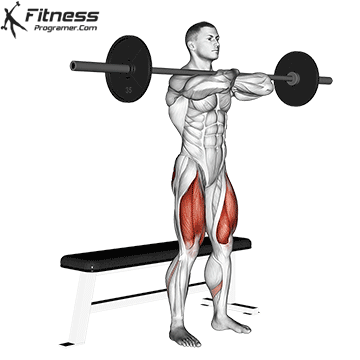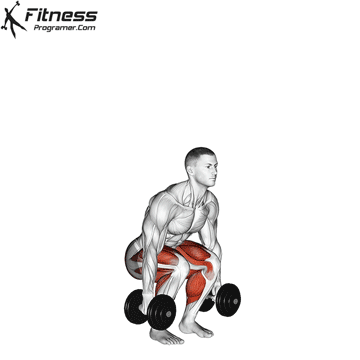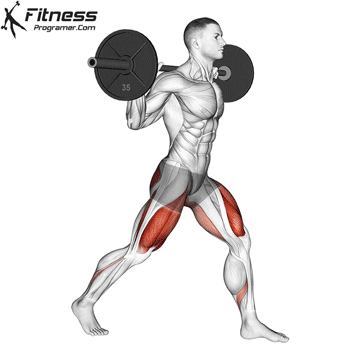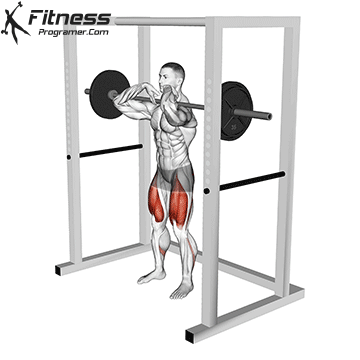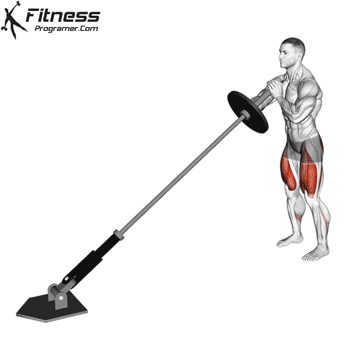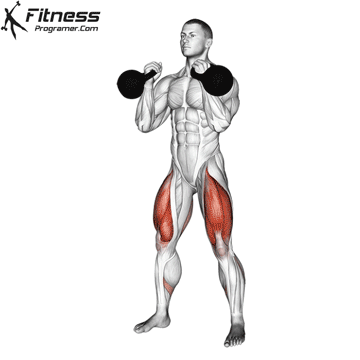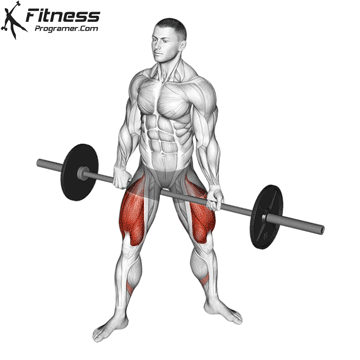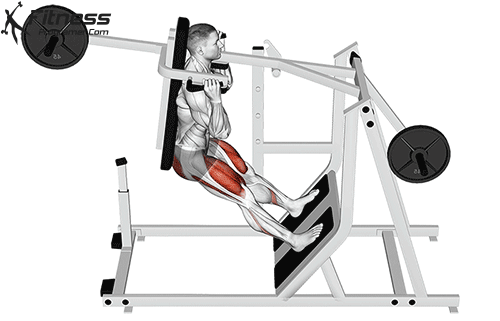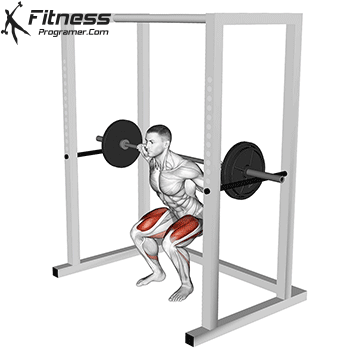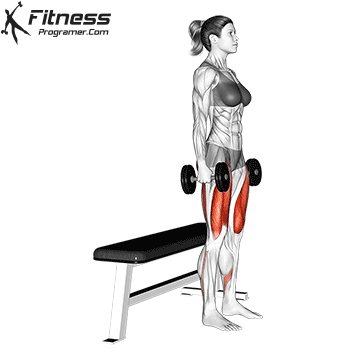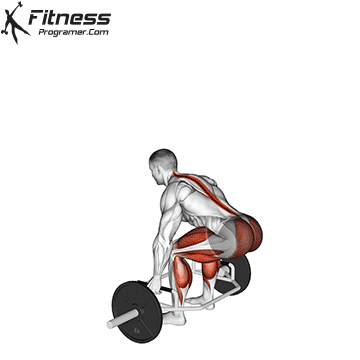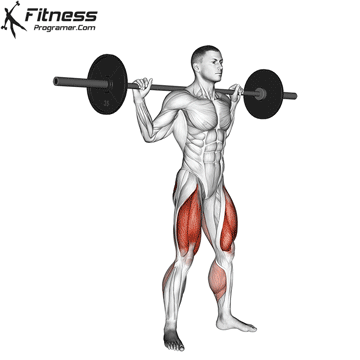Overview
The jump squat is a high-intensity bodyweight movement that targets the legs and glutes through an explosive upward jump from a squat position. It develops lower-body power, strengthens fast-twitch muscle fibers, and increases vertical jump capacity. It is often used in sports conditioning, functional training, plyometric and high-intensity workouts.
How to do Perform Jump Squat
Stand tall with your feet shoulder-width apart and arms at your sides.
Lower into a squat by bending your knees and hips until your thighs are parallel to the floor.
Explode upward, jumping as high as you can while swinging your arms for momentum.
Land softly by bending your knees and absorbing the impact through your legs.
Reset immediately into your next squat and repeat for the desired reps.
Tips for Proper Form
Land softly with bent knees to protect your joints.
Keep your chest up and core braced during both the squat and jump.
Drive through your heels to generate force from your glutes and quads.
Avoid letting your knees collapse inward during takeoff or landing.
Maintain a rhythm, but prioritize control over speed.
Common Mistakes
Landing stiff-legged, which can strain the knees and ankles.
Letting the chest drop, leading to poor posture and reduced jump height.
Not squatting deep enough, minimizing lower-body engagement.
Failing to reset between reps, leading to sloppy execution.
Using too much arm swing, rather than generating power through the legs.
Benefits of the Jump Squat
Builds Explosive Power: The jumping motion trains fast-twitch muscle fibers for greater athletic output and vertical leap.
Increases Lower Body Strength: Jump squats activate the quads, glutes, hamstrings, and calves under load.
Improves Cardiovascular Fitness: Performed in high-rep sets, this movement elevates heart rate and builds endurance.
Boosts Athletic Performance:It increases performance and improves agility in sports that require running, jumping, or quick changes of direction.
Enhances Coordination and Balance: Landing and jumping in rhythm develops proprioception and body control.
Burns More Calories: The high-intensity, full-body nature of jump squats increases calorie expenditure.
Requires No Equipment: It is a versatile, accessible bodyweight exercise suitable for home or gym workouts.
How to Incorporate Into Your Routine
- For Beginners: Start with 2 to 3 sets of 6 to 8 reps using a controlled pace to build form and joint tolerance.
- For Hypertrophy: Perform 3 to 4 sets of 8 to 12 reps in combination with weighted leg work for muscle growth.
- For Strength: Pair with resistance squats to activate fast-twitch fibers before lifting.
- For Functional Training: Include 3 sets of 6 reps in movement-based or athletic circuits.
- For Circuit Training: Add to a lower-body circuit for 30 seconds of max reps to elevate intensity.
- For General Fitness: Use 2 to 3 sets of 10 reps as part of your warm-up or conditioning block.
- For Mobility or Recovery: Use assisted versions or low-impact jump squats to reintroduce dynamic movement.
Jump Squat Muscles Worked
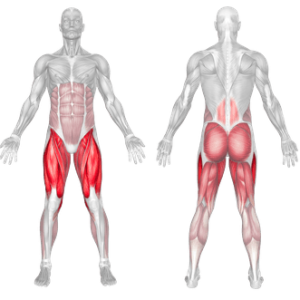
Frequently Asked Questions
Are jump squats safe for beginners?
Yes, but it’s important to master the basic squat first and start with small jumps to reduce impact.
How high should I jump?
Focus on controlled power rather than height. Quality form is more important than maximum elevation.
Can I add weight to jump squats?
Yes, but only once bodyweight form is strong. Consider using a light vest or dumbbells cautiously.
How often should I include jump squats?
Two to three times a week is ideal for most training programs focused on strength and conditioning.

